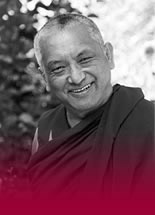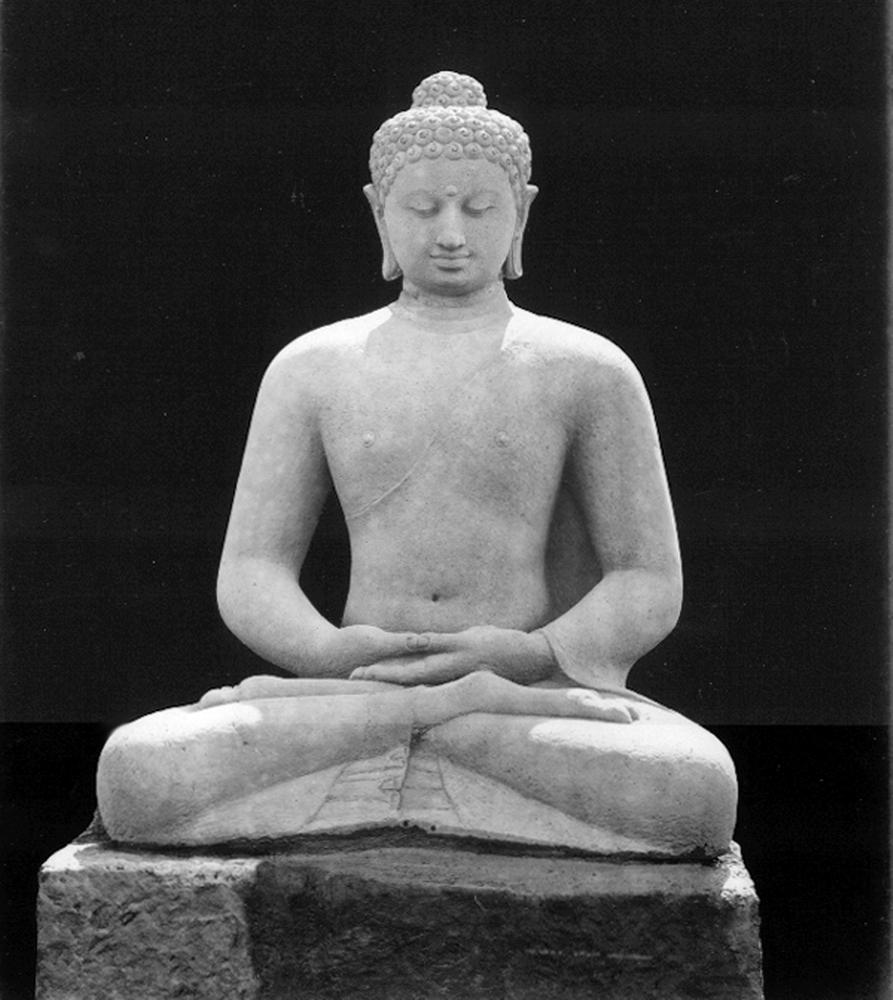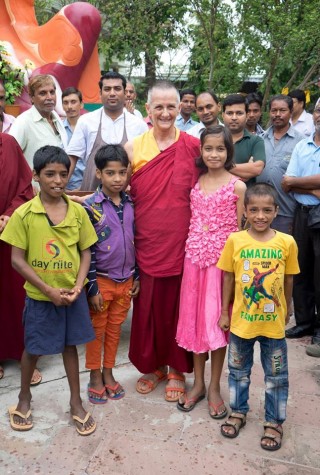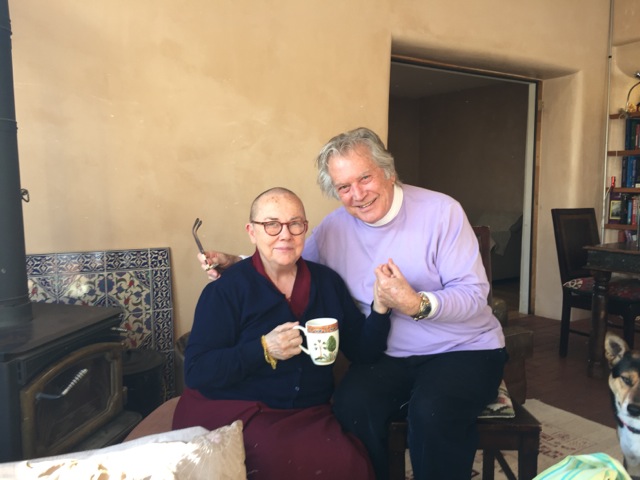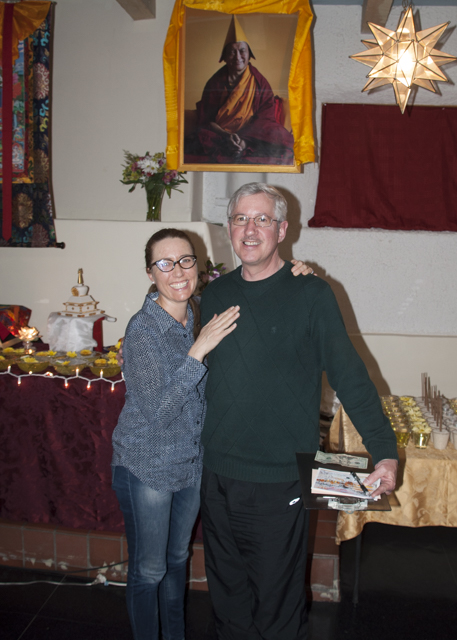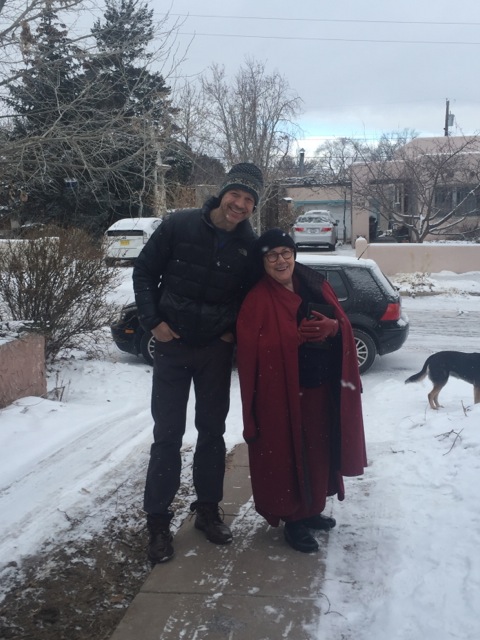Travel Blogs
28 February, 2016 | United States
Here I am in Puerto Rico again, at Yangsi Rinpoche’s center; my last visit was two years ago, also in March. The first bit of sun I’ve had for a while. It’s Spring here, and a lot warmer than up north.
But before this, during the past month after leaving Colombia January 25, I spent a week each in Santa Fe, Denver, Missoula, and Mexico. Mostly I spend a week in each of the centers, sometimes two but rarely these days. When I first began these round-the-world jaunts, in March 2011, I could go to all the centers in a year or less; now it takes me nearly two years.
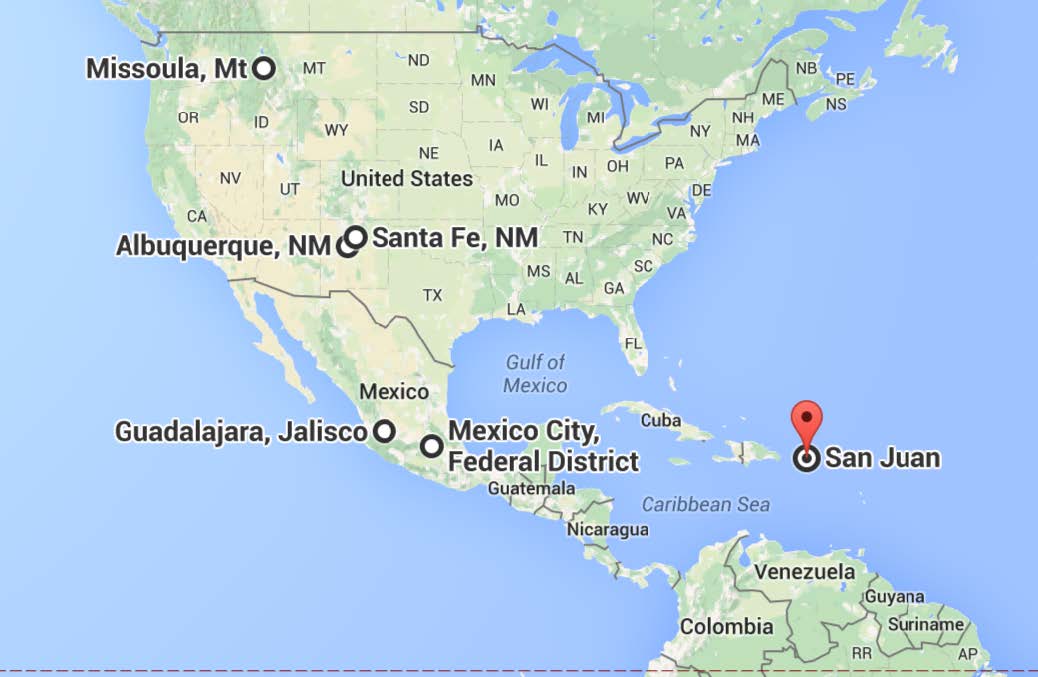
On the way from Bogota I stayed the night at the Miami Airport Hotel inside the airport; I couldn’t get the right connections for arriving in Albuquerque on the same day to get myself to Thubten Norbu Ling in Santa Fe. I like staying at hotels: relaxing, silent, and comfortable beds. And I always get a room with a bath tub – not for washing but for simply lying in and reading my iPad. I must say one of my favorite positions is prone: not a good thing as far as the yogis are concerned. Their way of describing the laziest of the lazy is to sit with the legs “stretched out.” I suppose I could try sitting crossed-legged in the bath...
|
|
His Holiness the Dalai Lama says that it’s auspicious to start our meditation session in the full lotus position, even for a moment: that it creates the cause to be able to sit like this in the future, which is necessary for the most advanced tantric meditations. (Photo mindyourheartmeditation.
|
When I sink into bed at the end of the day and stretch out my legs, I try to have as my last prayer: “May I find sleep disgusting!” According to Venerable Roger that’s how Lama Zopa Rinpoche feels about sleep. Hopefully the imprint of that aspiration in my mind will manifest as enthusiasm for the position of the yogis next life. Logically, given the laws of karma, it should.
In fact, it’s good to remember that according to Buddhist psychology there’s not a single experience we have that goes astray: everything gets stored in our mind. This is why we can be clairvoyant; we just need to remove the obstacles from the mind so that we can recall what we’ve said and done and seen, etc., before. Recently I saw on Youtube a short video of a young woman who tried to kill herself. Instead of dying she experienced the vividest of vivid memories of every major event in her life, starting from her own birth. That’s because all those things that she had experienced were imprinted in her mind. The trouble is we can’t access all that information with our gross conceptual consciousness; we need to access our subtle mind, which is what dreams, leaves the body at the time of death, etc.
Talking about next life: often the centers are asking for retreats on death and dying using Rinpoche’s new book: there’s so much enthusiasm for knowing how to help our loved ones at the time of death, including our animals. I have much enthusiasm for it too!
And, talking about next life, the most recent of my nun friends to go to their next lives were Ven. Trisha Donnelly, who died in December 10, and Ven. Gloria, who died December 26.
|
Ven. Trisha, right, with her friends at Root Institute in Bodhgaya, which she ran for many years. And above, Ven. Gloria. Both died of cancer in December. |
|
Like all of us, no doubt, each of them thought of herself as a living person – as opposed to a dying person, as Lama Zopa Rinpoche puts it – until out of the blue in October, in Trisha’s case, she was diagnosed with cancer and told she had a couple of months to live. She’d recently retired from running Root Institute in Bodhgaya and was preparing to live in Kathmandu with Frances Howland in her lovely new house just out of the city and spend her time working for Lama Yeshe Wisdom Archive, transcribing and checking the lamas’ teachings. But death came first. Rinpoche advised her stay in Australia and die there. Old friends from around Chenrezig Institute in Queensland supported her.
It’s good to have compassion, to pray for people who die – we must! – but until we say to ourselves, as Pabongka Rinpoche advises, “This will happen to me,” we’ll continue to think of ourselves as a permanent, living person. The grasping at the permanent I is so deep. Even as I say to myself now, “I could die today,” I don’t actually believe it.
-------
|
Right: One of Thubten Norbu Ling’s teachers Gen Don Handrick and former spiritual program coordinator Charmaine Hughes. Left: Afternoon tea with Eric. |
|
For Thubten Norbu Ling’s weekend retreat at the Carmelite Convent in Santa Fe – our usual venue during the past few visits, the last being in 2014 – we used Rinpoche’s book How to Enjoy Death. As I said, there’s so much enthusiasm for it, and I never tire of using it.
Gen Don Handrick continues to teach there, alternating with Geshe Sherab, one of Lama Zopa Rinpoche Sherpa students from the first days of Kopan and a graduate of Sera Je. Last November Rinpoche requested him to teach the November course at Kopan: he was very happy to do this, he said. And honored to be asked. He’s a graduate of the first seven-year Master’s Program at Istituto Lama Tzong Khapa.
As usual, my old friend from when I first arrived in the US, in 1994, Joan Stigliani drove me to Albuquerque where I stayed the night and flew out of the next morning to Denver, via Phoenix.
 |
||
|
--------
After Sante Fe I went to Denver to Lama Yeshe House. It began in Boulder, where I stayed with Maria from Australia, and moved to Denver a couple of years ago.
Lush Boulder, top below, where I stayed while I was in Colorado, is 5,400 feet above sea level; Santa Fe, bottom, is 7,200.
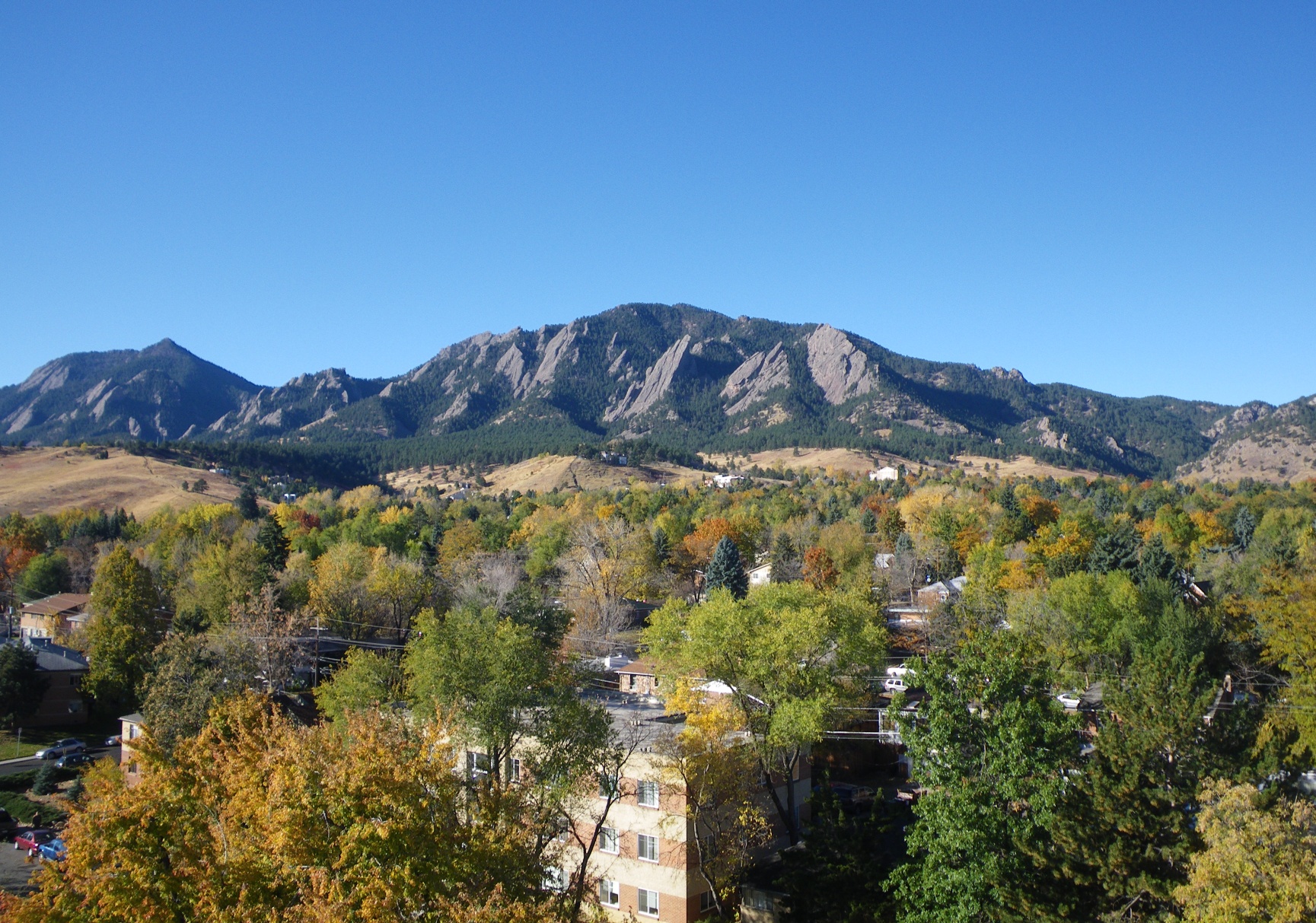
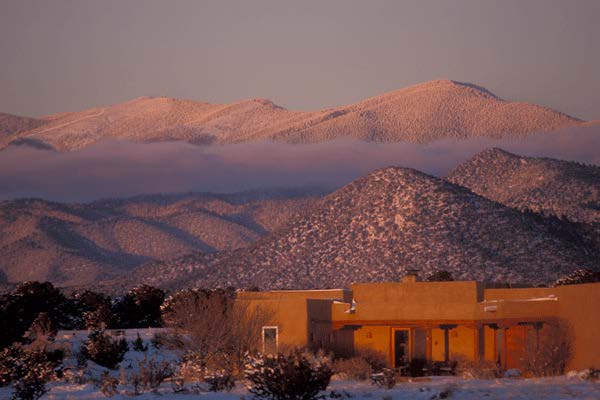
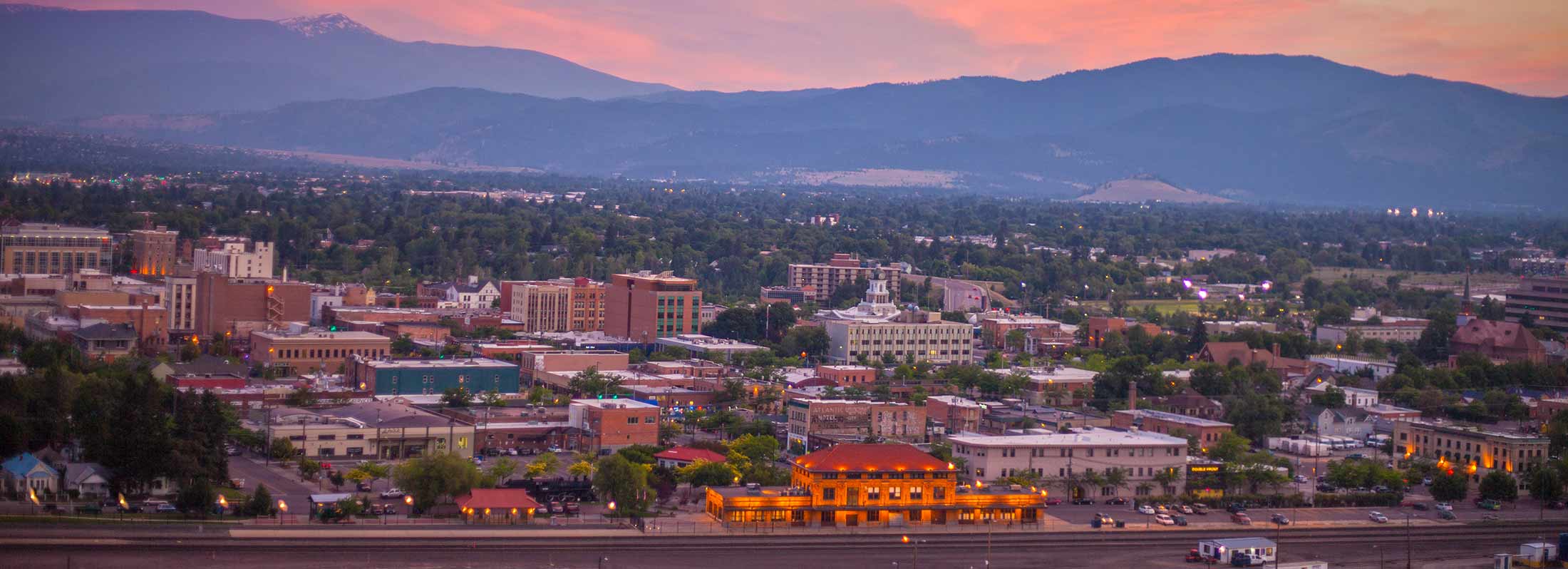
A wide shot of Missoula, which is 3,200 feet above sea level. Osel Shen Phen Ling, below, has been there since the early 1990s.
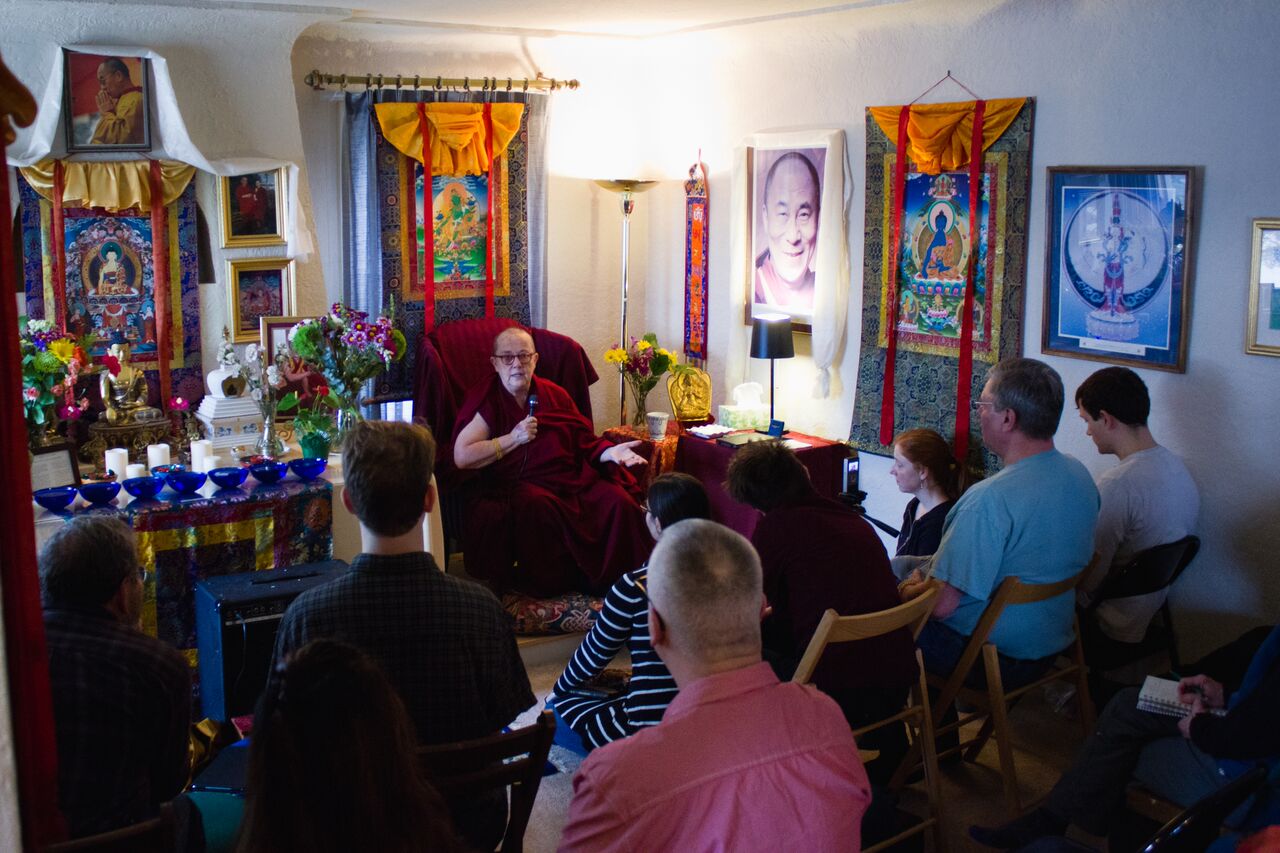
From Denver I flew to Seattle and then to Missoula in Montana, and then a week later to Mexico City via Miami. We had some evening talks there and then went to the center in Guadalajara for the weekend.
My old friend Ven. Palomo from Alicante in Spain was in town so happily translated for me. And then to San Juan in Puerto Rico. I don’t speak any other languages (except Australian, as I like to say), so I rely on kind people to make me understood. What fascinates me is the terms that are used to translate certain crucial Buddhist terms. The word “delusion” has no really good equivalent, I’ve discovered, in Spanish or French or Italian. In English it expresses perfectly the function of the unhappy emotions we’re all so familiar with such as attachment, anger, jealousy and the rest. We all know that if someone accuses us of being “delusional” we’d be very offended. Well, that’s precisely what Buddha is saying. The extent to which we are caught in these delusions – these disturbing emotions, emotional afflictions, etc. – is the extent to which we are out of touch with reality. When we get that point, we’re really on track in understanding how Buddhas says we suffer.
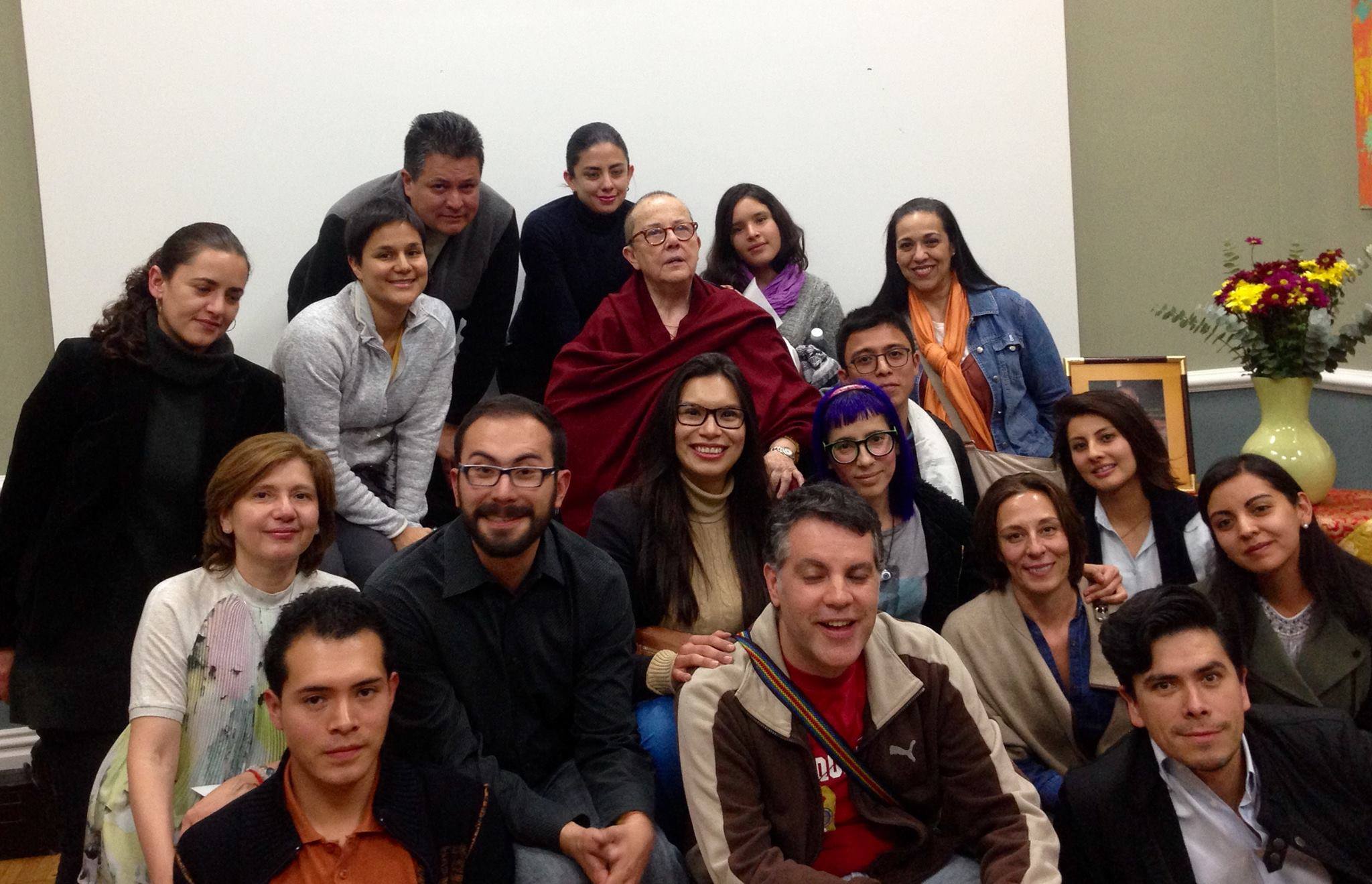
Above: Our group in Mexico City and below in Guadalajara where Ven. Paloma translated for me.
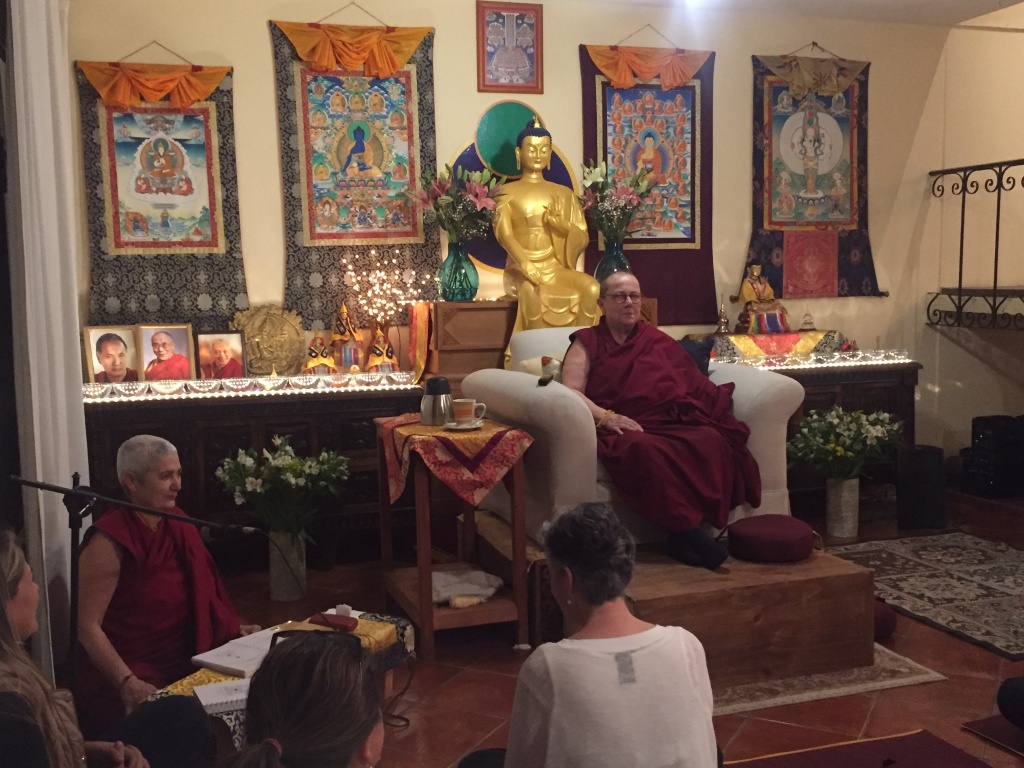
The other word that doesn’t seem to have a good equivalent in Spanish, at least, is “insight”: in English, it’s perfect. And it’s an ordinary word that we all understand, not some abstract concept. It simply means knowing something at a deeper level, beyond the intellectual – “inner seeing,” in other words. Perfect. We need to develop insight into emptiness, as well as into all the other ways that Buddha says things exist: impermanence, karma, etc. etc.
Anyway, Ven. Paloma, always does an amazing job. In Puerto Rico, Alberto usually sits in a little room in the back and translates simultaneously; most people, it seems, speak English.
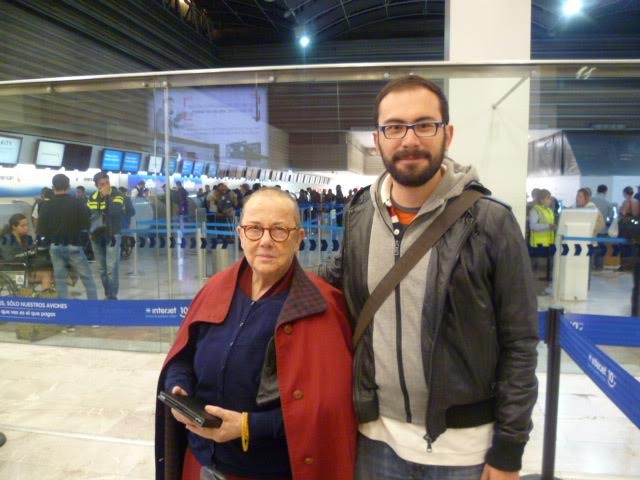
With Rafael in Mexico City, who runs the center there.

We had a meal in a café in Guadalajara, where Concita and Lupita served us. Their yellow thing is called Huipil and is from the state of Nayarit near Guadalajara, the white blouse is from the state of Puebla, near México City, and the striped long skirt is from the state of Oaxaca in the south of México. Below our group in San Juan.
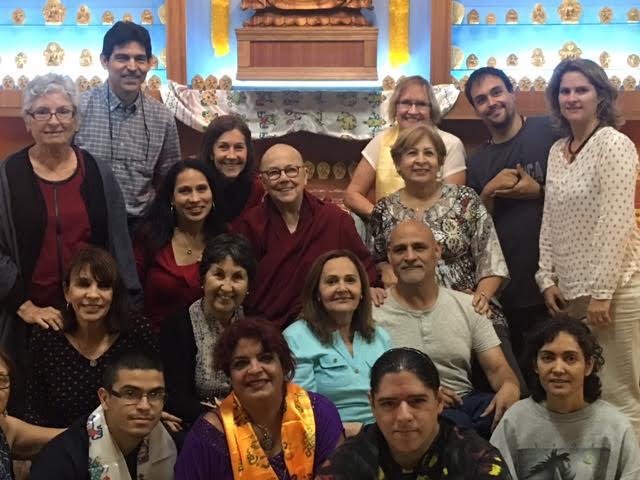
Another problem with terms is that we’re not used to thinking in the West that we need precision when we discuss spiritual matters. But to understand the Buddhist model of the mind, for example, it’s crucial to know the various states of mind and to be able to define them exactly, to understand how they function, etc., so that we can then distinguish them from each other when we look into our own mind.
The first obvious distinction is between a negative and a positive state of mind, such as attachment and love. Attachment, by definition, is negative and love by definition is positive. We simply don’t talk like that in our contemporary psychology. Attachment is fear-based, self-centered, neurotic, and embellishes the object; love is spacious, connected to others, and altruistic. They’re utterly different states of mind but they seem to come together; so hard to distinguish them, unless we start by at least knowing their definitions, etc.
Then, even more subtly, we need to know the difference between the various negative states themselves. It seems to me that pride can be easily mistaken for attachment to reputation: pride overstates a particular characteristic and attachment to reputation is hungry to be approved of. Unless we are clear about these delusions, their function, their characteristics, and only when we listen very carefully to our own thoughts, are we capable to knowing what’s going on in our mind. It demands effort, precision, and honesty.
Not easy, being our own psychologist, which is how Lama Yeshe characterized being a Buddhist!
-------
I got a bit of sun and warmth in San Juan, this past week. Since 2012 I haven’t had a summer, so it was nice.
Now, Monday February 29, I’m leaving San Juan for Miami, where I’ll get picked up by Rebecca Smith, the director of the Deerfield Beach center in Florida, an hour north of Miami.

